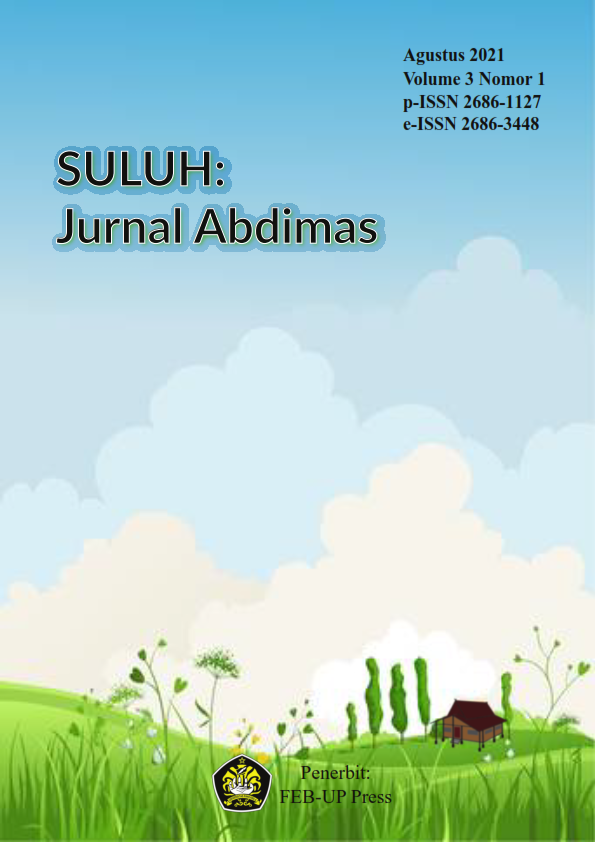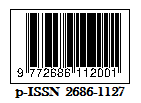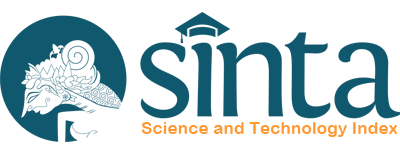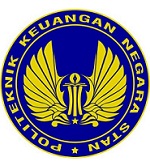Evaluasi Pengelolaan Dana Desa Pada BUMDes Serdang Tirta Kencana
DOI:
https://doi.org/10.35814/suluh.v3i1.2099Keywords:
accountability, tranparency, performance, BUMDES, village fundAbstract
Village Fund Management in BUMDES can be carried out well if it applies the principles of accountability and transparency. However, not all BUMDESs in Indonesia are able to carry out these two principles properly and correctly because the quality of the training provided by BUMDES is still not good. Therefore, the purpose of this research is to determine how the role of BUMDES in improving the economy of the surrounding community, the role of BUMDES administrators in optimizing village fund management and the effect of accountability, transparency and quality of training on village fund management. The type of this research is qualitative with a phenomenological study approach. The types of data in this research are secondary and primary data. Data can be obtained from the BUMDES Serdang Tirta Kencana Financial Statements, other supporting documents and interviews. The results of this research indicate that the principle of accountability in managing village funds in BUMDES Serdang Tirta Kencana can’t be implemented optimally, the principle of transparency in managing village funds in BUMDES Serdang Tirta Kencana can be implemented well, business development of BUMDES Serdang Tirta Kencana currently in the development stage and the performance of the management at BUMDES Serdang Tirta Kencana is already good. However, there are still weaknesses because there are still managers who are not on time.





















